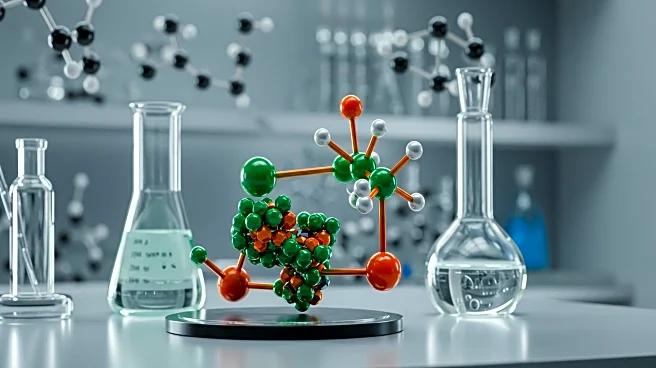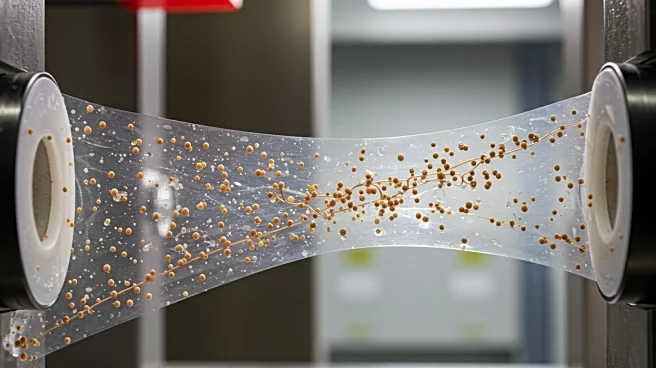Rapid Read • 8 min read
A recent study has successfully developed a controlled ring-opening alternating copolymerization (ROAC) method using organobase catalysts to synthesize crystalline polyesters. This method addresses the challenges typically associated with ROAC, such as low reactivity and side reactions, by utilizing isobutylene oxide (IBO), a highly symmetric epoxide. The study demonstrates that using t-BuP2 as a catalyst allows the ROAC of phthalic anhydride (PA) and IBO to proceed smoothly, resulting in crystalline polyesters with narrow molecular weight distribution. This approach has been extended to other cyclic anhydrides and initiators, enabling the synthesis of polyesters with diverse structures. The research expands the scope of epoxides in ROAC and provides a precise strategy for macromolecular designs.
AD
The development of this controlled copolymerization method is significant for the polymer industry, as it offers a new way to synthesize crystalline polyesters, which are highly sought after for their mechanical properties and thermal stability. Crystalline polyesters are used in various applications, including packaging, textiles, and engineering plastics. By overcoming the challenges of ROAC, this method could lead to more efficient production processes and potentially lower costs for manufacturers. Additionally, the use of environmentally benign organobase catalysts aligns with the growing demand for sustainable and eco-friendly chemical processes, which is crucial for reducing the environmental impact of industrial activities.
The study opens up possibilities for further research into the application of this copolymerization method to other types of epoxides and anhydrides, potentially leading to the development of new polyester materials with unique properties. Researchers may explore the scalability of this method for industrial applications, as well as its compatibility with existing manufacturing processes. The findings could also prompt interest from companies in the polymer sector looking to innovate their product lines and improve sustainability. Collaboration between academic institutions and industry players could accelerate the adoption of this technology.
This advancement in copolymerization technology may have broader implications for the field of materials science, particularly in the design of new macromolecular structures. The ability to precisely control the synthesis of polyesters could lead to innovations in smart materials and nanotechnology, where specific structural properties are crucial. Furthermore, the environmentally friendly aspect of the process could influence regulatory policies and standards in chemical manufacturing, encouraging a shift towards greener practices.
AD
More Stories You Might Enjoy










